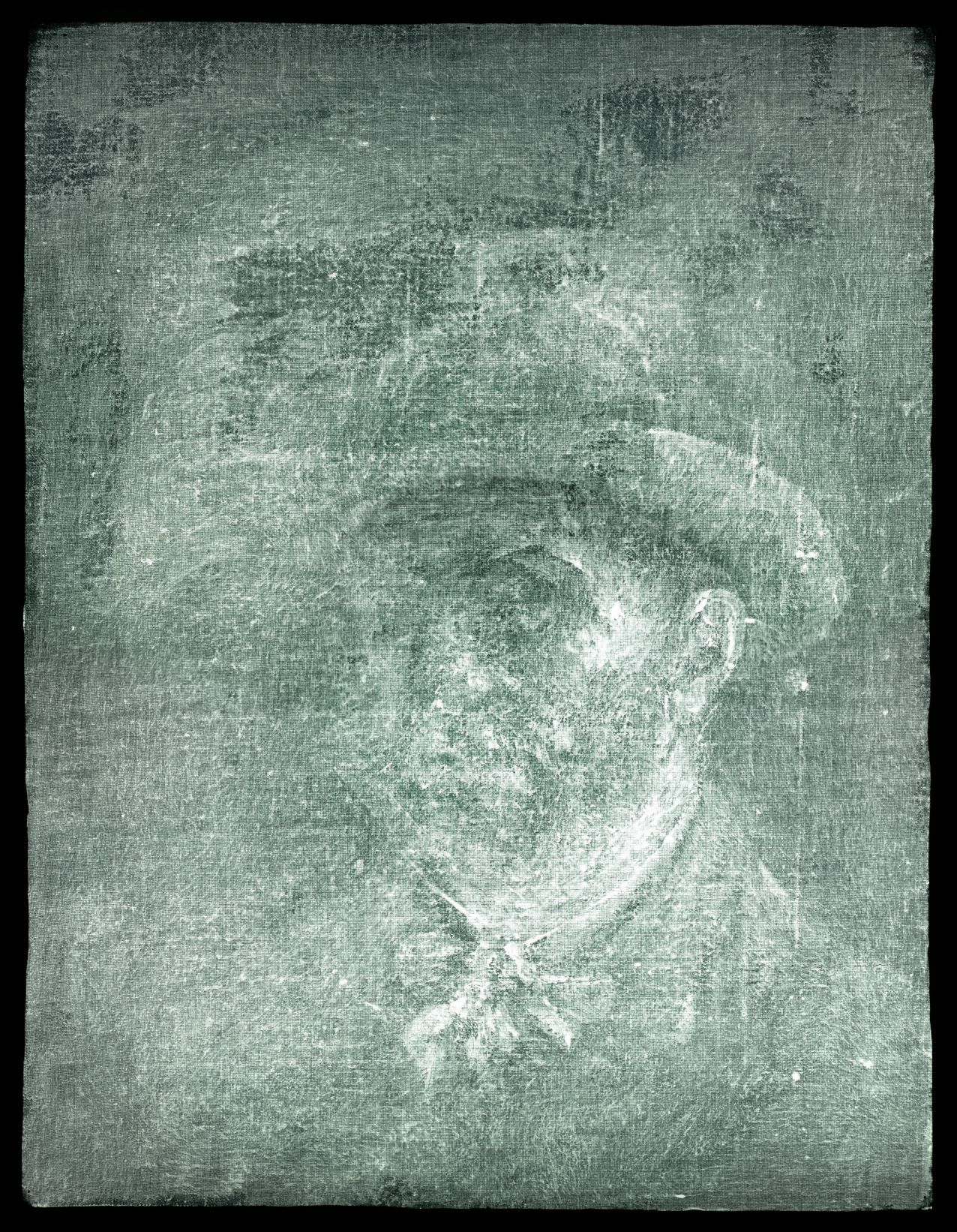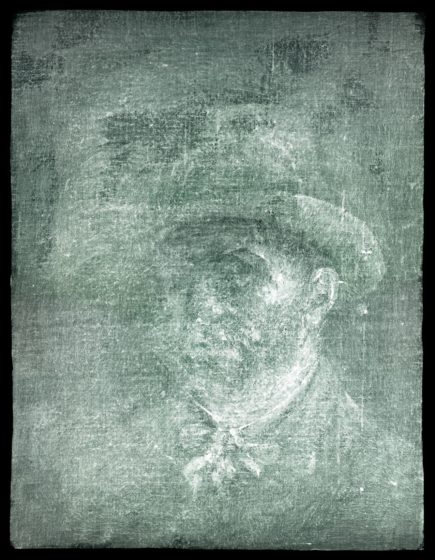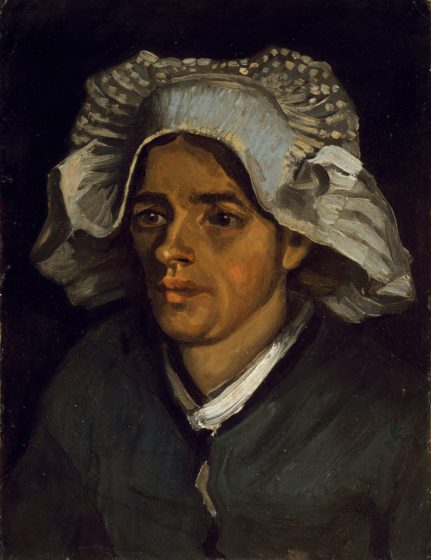Unknown Van Gogh painting discovered in Scottish museum


A previously unknown self-portrait by Dutch artist Vincent van Gogh was found on the back of another of his paintings at the National Galleries of Scotland in what is being described as an ‘extraordinary’ discovery.
Lesley Stevenson, senior paintings conservator at the National Galleries, told the BBC she was shocked when she saw the artist ‘looking at us.’
‘Obviously, we were thrilled when we first saw the photo,’ she said. ‘This is a significant discovery because it adds to what we already know about Van Gogh’s life.’
The discovery of the painting, which has been hidden from view for over a century, is believed to be a first for a UK institution.
Reuse and recycle
The painting was found on the back of van Gogh’s ‘Head of a Peasant Woman’ (1885), after it was x-rayed ahead of an upcoming exhibition, ‘A Taste for Impressionism,’ at the Royal Scottish Academy in Edinburgh.
The self-portrait was covered in layers of glue and cardboard that are thought to have been applied before an early 20th century exhibition. Van Gogh was known for reusing his canvases to save money, turning them around and working on the other side.
Louis van Tilborgh, senior researcher at Amsterdam’s Van Gogh Museum, has no doubts about the work’s authenticity. ‘It’s a nice, new addition, fitting into what he was doing at the time, which was using the back sides because he didn’t have enough canvas,’ said Tilborgh.
The work was probably made in 1887, one of the artist’s early years, when he was experimenting with the self-portraits he would later become famous for. It features a bearded man sitting in a brimmed hat with a kerchief tied around his throat. His left ear, which he notoriously mutilated in 1888, is noticeably visible.

Not the first
Van Tilborgh says there are at least seven in a series of double-sided paintings from that period, with the self-portraits made quickly and roughly, fitting in with the idea that van Gogh was practicing making them.
‘It is of course very exciting to see what will emerge in the future,’ he said. He pointed to a similar painting in Hartford, Connecticut, where there is a van Gogh self-portrait whose back is known to be a painting from his Nuenen period. It is, he said, exactly the other way around in this most recent discovery.
‘It’s funny to realize they were covered up,’ he added. ‘Back then, we thought the paintings from Nuenen were more important [than the self portraits]. Now we think otherwise.’
While the painting will be restored at a later date, the x-ray image of the self-portrait will be on display at the Taste for Impressionism exhibition in Edinburgh from July 30 until November 13. Viewers will also be able to see the sketch itself through a lightbox.
Thank you for donating to DutchNews.nl.
We could not provide the Dutch News service, and keep it free of charge, without the generous support of our readers. Your donations allow us to report on issues you tell us matter, and provide you with a summary of the most important Dutch news each day.
Make a donation